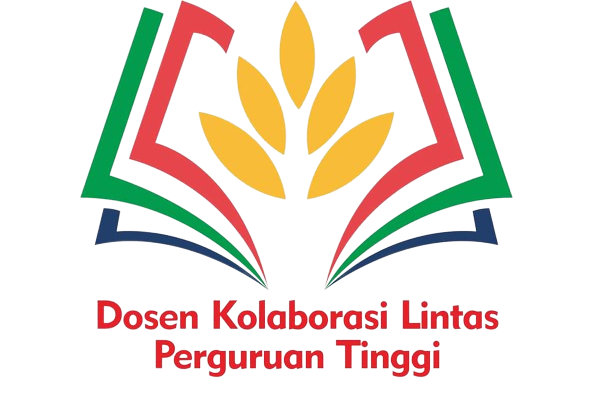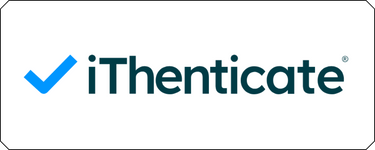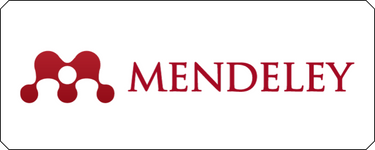Author Guidelines
The manuscript is the result of research, fieldwork, or literary research, as well as review articles reflecting social phenomena, including issues, that are original and have not been previously published in other journals. The manuscript is written in English, typed using the Microsoft Word program on A4 paper, with a length of approximately 4500-5000 words in Lora font size 11 pts, and single-spaced. Authors must adhere to the journal's template guidelines when writing the manuscript. Please download the journal template [here](insert link). References should include a minimum of 15 sources, with at least 80% coming from journal articles.
The writing guidelines for research outcomes consist of:
Title
The title should not exceed 12 words, must be clear, concise, and informative, and abbreviations should be avoided.
Author's Name
The author's name is written without any academic degree, followed by the author's institutional affiliation, located below the article title. If the manuscript is written by a team, the editor will only be in contact with the main author or the first mentioned. The main author must include their correspondence address or email.
Abstract with Keywords
The abstract should be around 150-200 words, with 3-5 keywords. The abstract should at least cover the research objectives, methods, and results.
Introduction
The introduction should sequentially include the general background, research question or hypothesis, and, if applicable, a literature review. The study objective should be stated at the end of the introduction. This section should emphasize the state of the art in the research and introduce innovation to the studied theory or concept.
Methods
The research methods should elaborate on the methods used to address the issues, including the method of analysis. It should provide enough details to allow readers to evaluate the appropriateness, reliability, and validity of the findings. Specifically, the method includes the research design used (methods, data types, data sources, data collection techniques, data analysis techniques, variable measurement) written in flowing paragraphs (without numbering).
Results and Discussion
The author should explain the research results in detail. The results and discussion section contains the research findings and their subsequent discussions. Findings should be presented with adequate data support. The results and findings should resolve or provide explanations for the questions stated in the introduction. The discussion of findings should be argumentative, considering the relevance of results, theory, prior research, and empirical facts, demonstrating the novelty of the findings. This section also includes the theoretical and practical implications of the study, limitations, and future research directions.
Conclusion
The concluding statement should contain a summary and suggestions. The summary should exemplify the answers provided to the hypothesis and/or research objectives or acquired findings. The summary should not contain a repetition of research results and discussions but instead should contain a summation of research results and findings as expected in the research objective or hypothesis. Suggestions should present matters that will subsequently be conducted in relation to the research's ensuing concepts.
References
All references cited in the text of the article should be written in the bibliography section. It should include references obtained from primary sources, consisting of scientific journals amounting to 80% of the entire bibliography, published in the last 5 years. The remaining 20% may include research articles or research reports (theses, books, and other relevant publications). When formatting your references, please follow the APA reference style (visit link http://www.apastyle.org/). Ensure that the references strictly adhere to the journal's prescribed style; otherwise, your article will not be accepted for peer-review. Using a standard citation application or reference manager is preferable (e.g., Mendeley, Zotero, Endnotes).
The manuscript is to be submitted directly to [journal's name] by creating a user account as an author. Tables and figures must have titles, clear numbers, and sources, and should be typed in single space. The images, tables, charts, or diagrams listed should be in black and white format. The list of references only contains referred sources, and all referred sources must be mentioned on the list. Reference sources consist of, at least, 80% of the literature published in the last five years. The reference sources in the form of research articles in a journal or a research report (including undergraduate theses, master theses, dissertations, books, and other relevant publications). All references mentioned should be written down in reference using the American Psychological Association (APA) style and arranged from A to Z. Check each referred article for accuracy and make sure every quoted work in the article is written in References. Works that are not cited but mentioned in References will be omitted by the editor.
Books
Heywood, A. (2013). Politics (4th ed.). Palgrave Macmillan.
Roskin, M. G., Cord, R. L., Medeiros, J. A., & Jones, W. S. (2018). Political science: An introduction (14th ed.). Pearson.
Book Chapter
O'Neil, P. H., & Rogowski, R. (2019). Essential readings in comparative politics (6th ed.). W. W. Norton & Company.
Journal Article
Mansbridge, J. (2003). Rethinking representation. American Political Science Review, 97(4), 515–528.
Smith, J. A. (2020). Political Participation in the Digital Age. Journal of Political Science, 25(3), 123-145
All manuscripts are anonymously reviewed by reviewers appointed by the editor according to their expertise. The author is given a chance to revise the manuscript based on the reviewer’s or the editor’s recommendation/advice. The decision of publication or rejection will be informed through the author’s email address. The editor has the right to modify and correct the spelling, writing, and grammar of the published manuscript. Everything related to citing permission or computer software usage in writing the manuscript or any other things related to copyright done by the author, along with all its legal consequences, becomes the author’s full responsibility. An author whose manuscript is published will get a copy of the publishing proof and two copies of the printing proof. Unpublished manuscripts will not be returned.












